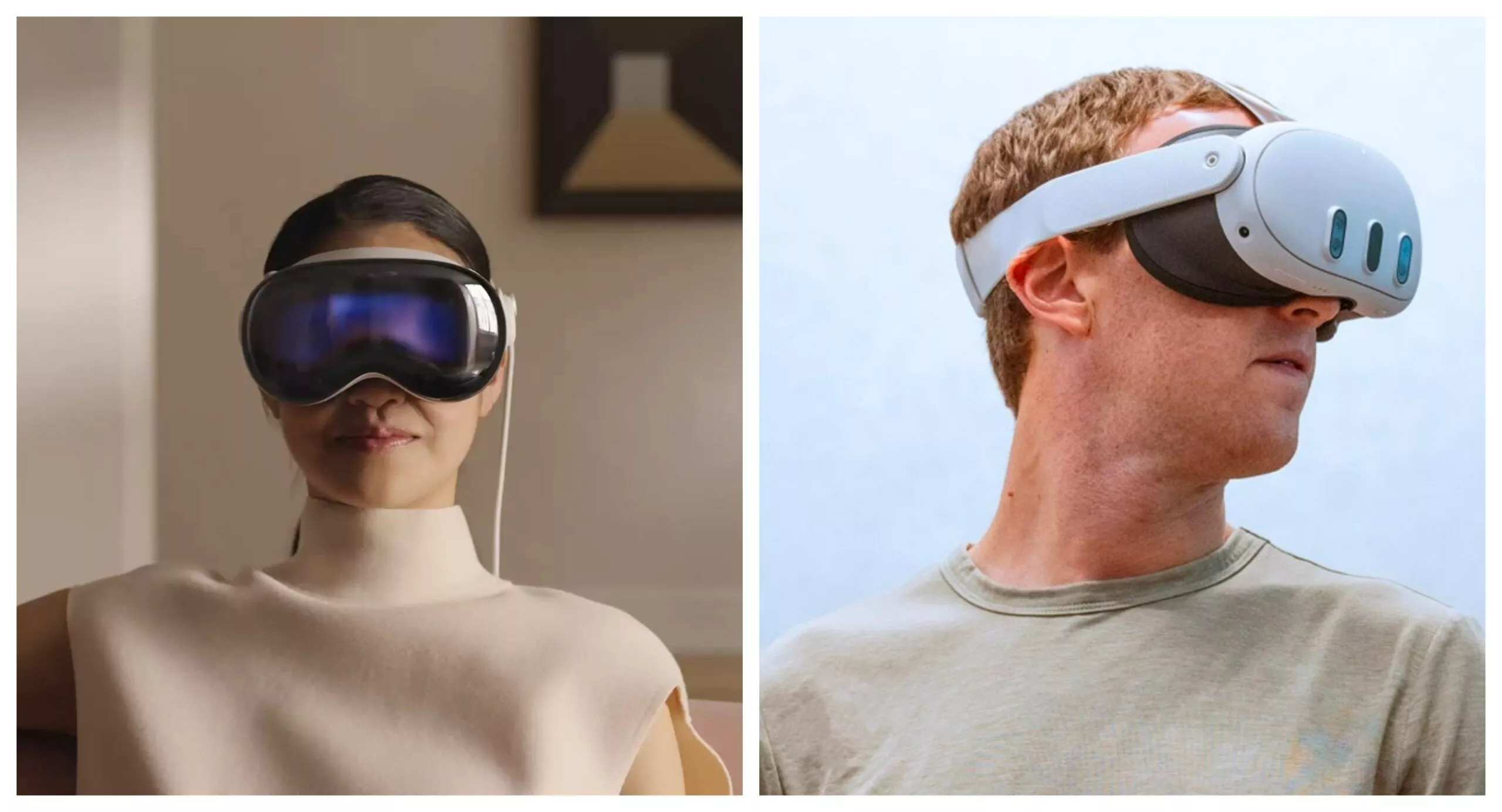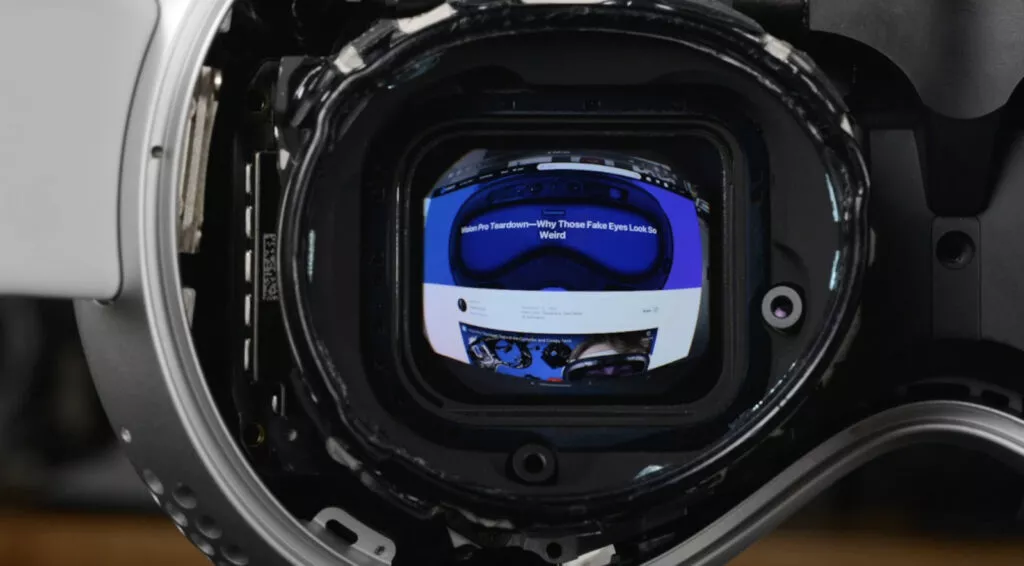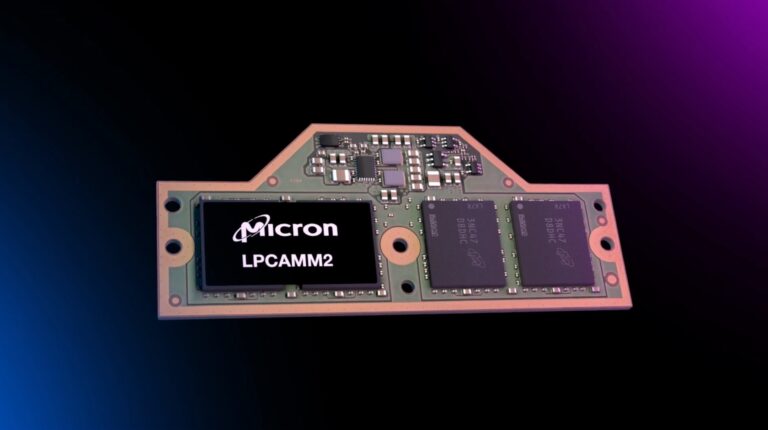4 Areas Where Meta Quest 3 Is Better Than Apple Vision Pro

With Apple finally entering the mixed reality arena with the Vision Pro, many online critics have called it as the pinnacle of engineering and the future of computing. While this sentiment does carry some weight, Meta undoubtedly reigns supreme in the VR/AR space, and its $500 Meta Quest 3 has a lot going for it. Here are four reasons why the Meta Quest 3 is better than the Apple Vision Pro.
1. Shared spaces and games

Given Meta’s presence in the space since 2019, it’s no secret that it holds a significant advantage in the gaming category. The company has invested millions of dollars to assist developers in creating games for the platform, and the strategy has proven successful. Currently, most Meta Quest buyers are gamers eager to delve into the VR world and engage in games and shared spaces with friends and family.
Beyond gaming, these shared spaces enable individuals to experience worlds and environments together, even if they reside in different parts of the world. A great example is VRChat, allowing users to come together in a virtual world and enjoy shared experiences.
The Vision Pro needs controllers
Coming to the Vision Pro, the absence of controllers presents a significant challenge when it comes to playing games. Picture playing Onward, a popular VR shooting game, on the Vision Pro. When it’s your turn to shoot an enemy, lacking a controller means that you don’t have a way of shooting a gun or controlling your steps.
While one might argue that gaming isn’t the Vision Pro’s primary objective, computing most definitely is. Now, imagine yourself in your office, completing projects on Vision Pro. Now, if your manager asks you to collaborate with a coworker on a specific project, a problem arises, as there is currently no way for two users to work on the same window, even if both have a headset.
2. Comfort
While both the Vision Pro and the Quest 3 only have a weight difference of 100 grams, the comfort of the Vision Pro is lacking. This is due to its top-heavy design, meaning the center of gravity rests on the user’s nose/face, making it feel considerably heavier than the Quest.
3. Display

This might come as a surprise to many since Apple has managed to cram in a staggering 3,386 ppi display compared to the 1,218 ppi display on the Quest 3. However, unlike smartphones, there are many factors to consider when talking about the display on such headsets. The first thing is the field of view (FoV), representing how much you can see inside the headsets.
While Apple hasn’t officially mentioned the exact FoV, it is less than the Meta Quest 3, making it challenging to wear outdoors.
4. Value
It’s no secret that the Vision Pro is a first-generation product, bearing the cost of Apple’s research and development. On the other hand, the Meta Quest 3 is the third iteration, and the company has significantly reduced the cost of components. Additionally, in terms of capabilities, the Meta Quest 3 can handle almost the same workflows, if not better, considering the shared spaces and games.
Therefore, the first iteration of Apple’s headset serves more as a proof of concept of what is yet to come as we progress forward and develop new technologies. This will eventually enable us to fit all these components into a pair of glasses, akin to the Meta smart glasses.






